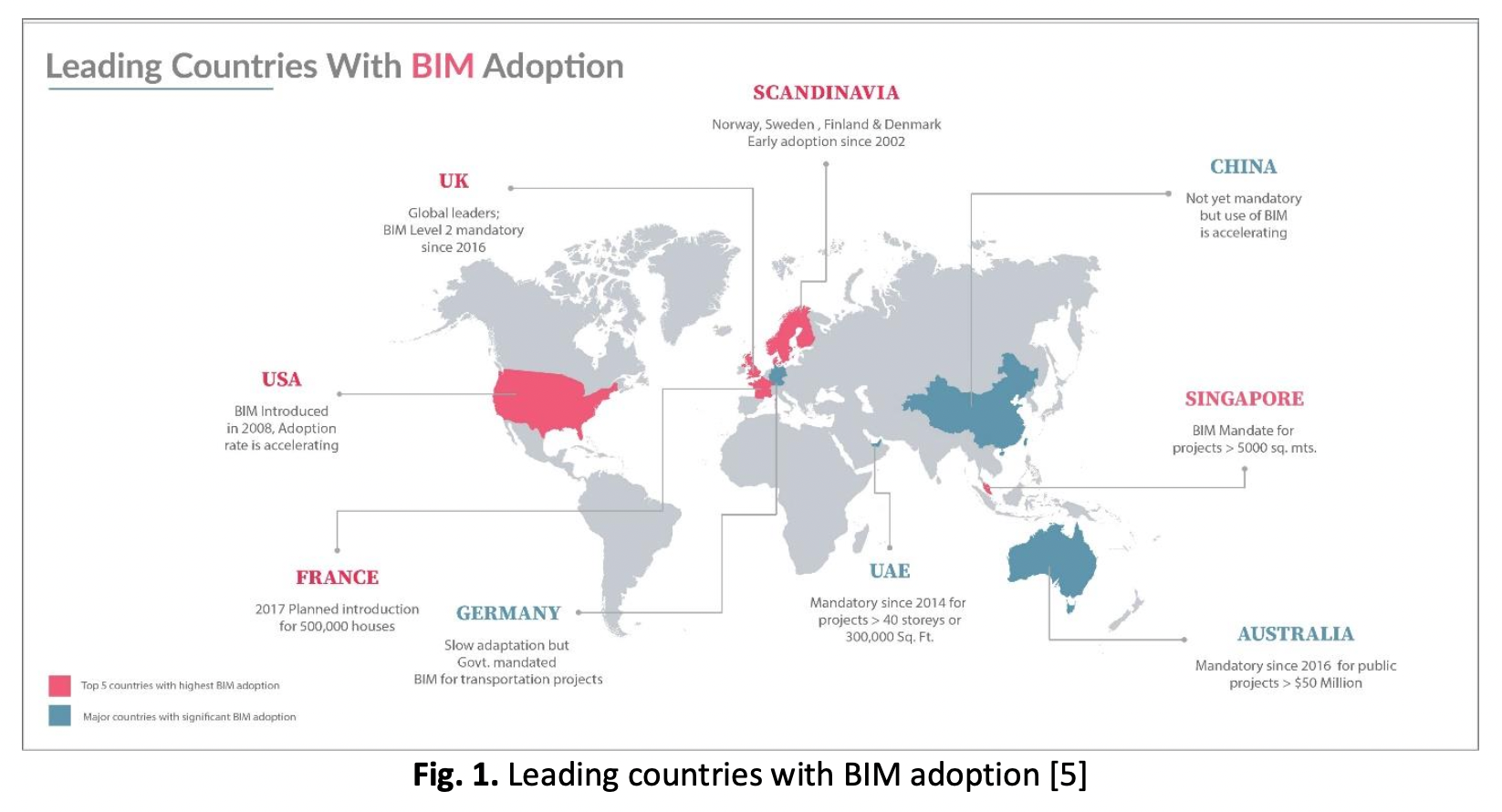Challenges of BIM Software Implementation in Quantity Surveying Consultancy Firms: The Difference Between Large Firms and Small-and-Medium Enterprises (SMEs)
DOI:
https://doi.org/10.37934/araset.34.2.169186Keywords:
Building information modeling, challenges, Large and Small-and-Medium Enterprises (SMEs), quantity surveying consultancy firms, technologyAbstract
Inefficiencies and ineffectiveness in delivering construction projects had negatively impacted the industry for decades. However, the emergence of building information modeling (BIM) technology had influenced the construction process with its many benefits toward project success. BIM benefits included reduced project time and cost, improved team collaboration and communication, and improved project quality and performance. Consequently, BIM applications were claimed to provide more reliable working practices for quantity surveyors (QS), especially in establishing their cost estimates. Despite the well-known benefits that spurred BIM employment around the world, the usage of BIM software in Malaysia was still in its infancy, requiring greater deployment by the QS. Furthermore, the literature was scarce in comparing the use of BIM software by large organizations and Small-and-Medium Enterprises (SMEs). As a result, the primary goal of this study was to identify the numerous challenges associated with the adoption of BIM software in both large and SME quantity surveying consultancy firms. Apart from that, this paper identified the availability of BIM software in the construction sector as well as the use of BIM software in those consultancy businesses. A quantitative technique was used, with 393 questionnaire survey forms issued to Malaysian QUANTITY SURVEYING consultant businesses. The data was then analyzed using the Statistical Package for the Social Sciences (SPSS) to generate a reliable and valid result. According to the findings, Cubicost software was the most popular software used by QS specialists. Notably, the results revealed that SMEs face greater challenges than large organizations, particularly those connected to professional help, finance, and time, as well as technical issues. Because large corporations and SMEs differed in nature, this study could provide new insights to policymakers in aiding companies of various sizes in their BIM transformation process. The findings called for more policymakers to work together to improve practitioners' understanding of BIM-based technology. The difficulties of SMEs must be recognized, and policymakers must bridge the gap between large and SMEs to bring Malaysia's construction industry one step closer to a new era of digitalization.
Downloads





























